The crow beats its wings with such rapidity that they ripple into liquid. Sunlight streaks across the dawn sky: warp through the wind’s weft, weaving a tapestry of breath, pollen, smoke from forest fires a whole country away, carbon excreted as saccharine heat from a hummingbird, dull threads of exhaust braided into a heron’s exhalations. Smoke has turned the sun flat and red as the sun drawn by a child with a crayon. The sky is the blue of accumulation, layer after layer of pollution, smog, pollen, refracted light, and reproductive matter: spores, pheromones, funk. And, sitting on the hill overlooking where the Rondout creek pours itself into the Hudson River, I think of the words of Chilean poet Raúl Zurita, writing after his torture at the hands of Pinochet’s military dictatorship, “Life is very beautiful, even now.”
Life is soup. Life is compost. Life is contaminated. And life is very alive.
I glance from the sky down to my toes, tucked into the fine ashy dirt and spot a spider, a tumbleweed of silver wire, glittering against my foot. And below that are the mycorrhizal threads weaving together the locust trees, the russula mushrooms and the ghost pipe, the grass with the trees, enfleshing the soil itself so that it can hold steady when the rains slide out of the smog-swollen sky. Deeper still is the underworld biosphere of carbon constituted by archaea and bacteria and fungi. Woven into soil’s microbiome are the blood of the Munsee Lenape, their stories all but erased, who lived here next to the river continuously for thousands of years before the genocidal Dutch and French arrived.
I reach down and pinch the dirt, inhale its waxy, mildewed perfume. No. Divine feminine or divine masculine won’t do. God won’t do. Neither will a homogenized universalism. This dawn is unruly and textured. There are yellowjackets already looping through the clover, gorgeous from a distance, and deadly to my immune system close up. Even the bacteria carefully cushioned in my gut are precarious. One internal shift and it could poison my blood.
Everything is connected to something. But not everything is connected to everything. The differences are vital.
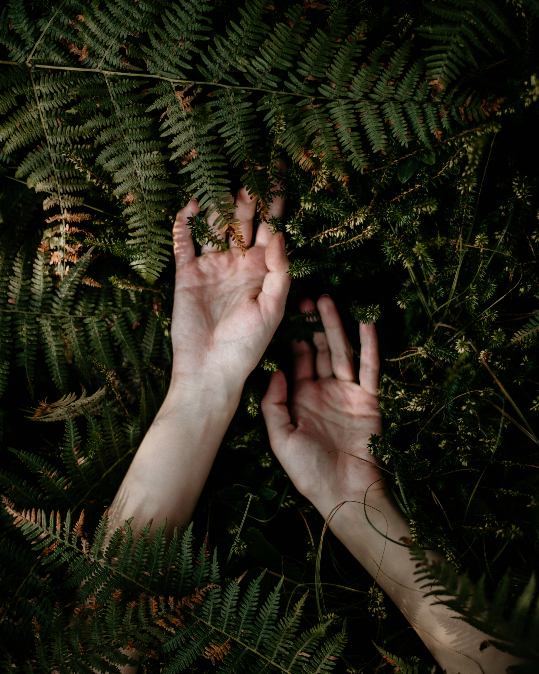
The smoke that coats my tongue does not belong to me. It is a communication from somewhere else. A molecular signaling interrogation. The miracle isn’t that everything is the same – infused with a pearly, universal “source” – but that everything is being.
Being differently. Being chaotically. Panpsychism is the Eurocentric academic idea of what indigenous cultures have long believed: consciousness is inherent in all matter. There are various ideas of what consciousness is. Thinking and experiencing are differentiated. Does proto-consciousness exists in elementary particles, slowly accumulating into emergent minds like human brains? As Alfred North Whitehead proposed, is mentality inherent in the elements, coalescing as an animate event that can then similarly slump back into the “thwarted energy” of inanimate beings?
A squirrel drops a hickory nut on my head. Somewhere a dog is barking. An ambulance is drawing its long, nervous song through the empty morning streets. Someone is dying. Someone is melting out of being a someone, into a patchy, heterogenous everything. Is that death? Is that inanimate? It seems to me that when someone dies, their body becomes even more alive, an aliveness that is plural, polyphonous, suddenly an ecosystem of bacteria and fungi and beetles and beings eating, decaying, breaking down, making soil, making connections. Today it doesn’t matter whether or not I can prove how alive the world is. It doesn’t matter if I can prove an electron is having an experience. What matters is that I can feel stories everywhere. Stories that don’t depend on language. Stories that don’t depend on singularity. Stories that only occur interstitially, between beings, in the fertile, friction-prickled boundaries between differences.
It is the differences that seem crucial. Without difference there is no conversation. There is no need for the tender questions that catalyzes storytelling and generate landscapes. The gradient of the mountain allows the snowmelt and rain to braid into a stream that interrogatively carves and curves down through stone into the valley. The difference between the summit and the valley creates this nourishing thread of water that will irrigate the fields, fill the rock pools, wake up leathery lichen on the side of a stone thrown awkwardly in a field, millions of years before, by a glacier. The curiosity of a hyphae probing into unfamiliar soil and dead wood is what will make the soil that supports a forest. Audre Lorde writes in her essay “The Master’s Tools, “Within the interdependence of mutual (nondominant) differences lies that security which enables us to descend into the chaos of knowledge and return with true visions of our future, along with the
concomitant power to effect those changes which can bring that future into being. Difference is that raw and powerful connection from which our personal power is forged.”
When I think of what I believe in, it is closest to a form of animism. But it is an animism of chaotic difference. Of woven contamination. It is an understanding that just because I am alive, does not mean I should assume that aliveness of the hill or the river or the wild roses is the same flavor as my aliveness. Knowing that a stone is alive keeps me alive. And knowing that a stone is alive differently than me keeps me asking questions, keeps me humble and curious and available to surprise.
I believe in The Animate Everything. The differences that sting and prick and destroy and generate and sometimes weave together to create a dense, polluted, gorgeous, periwinkle sky.
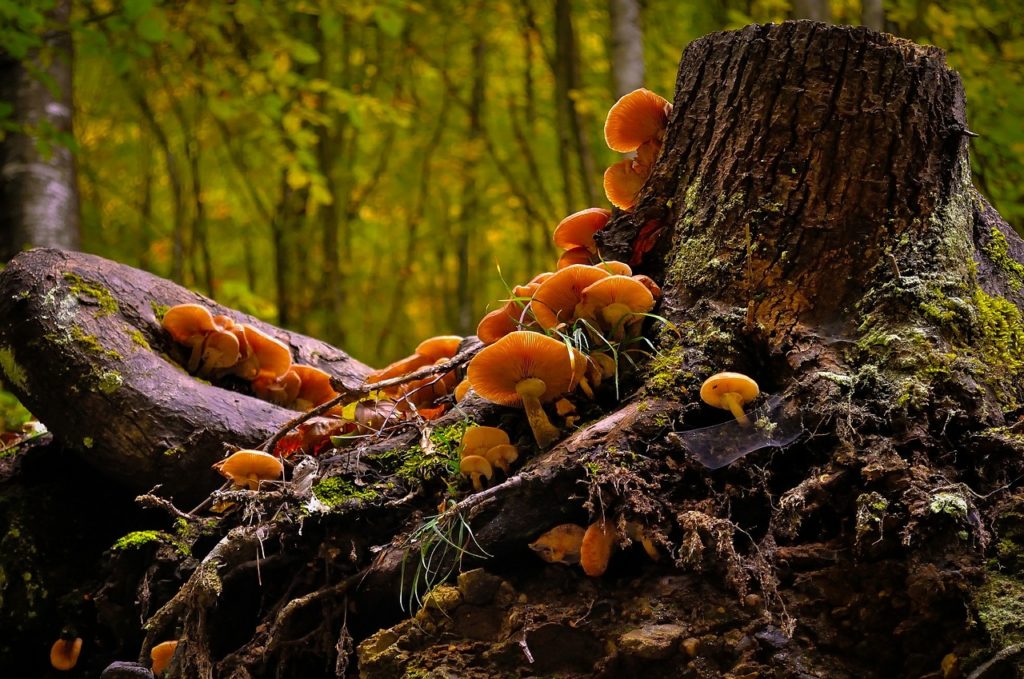

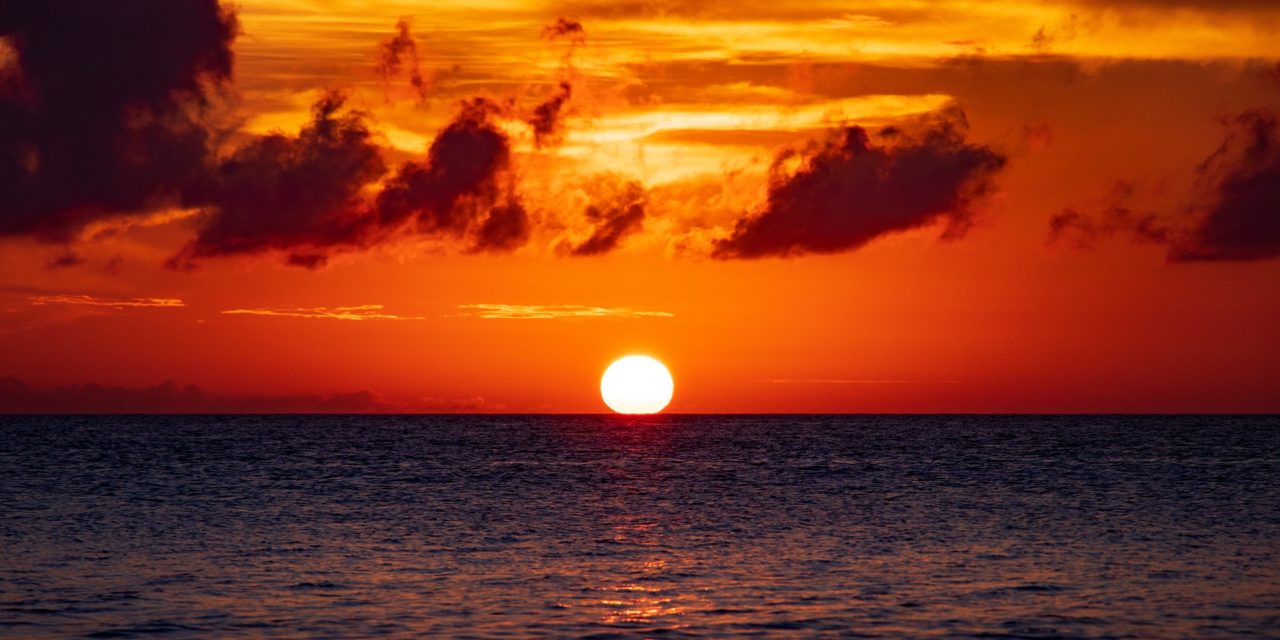
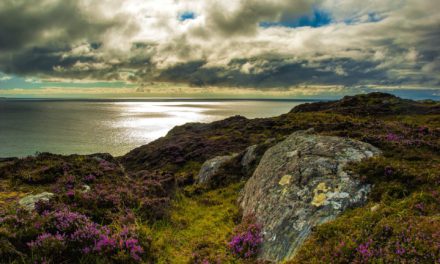
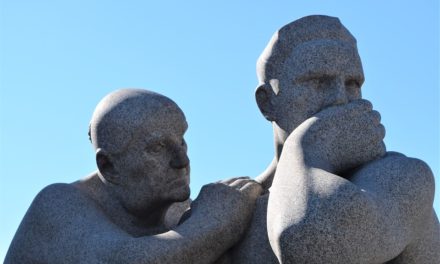
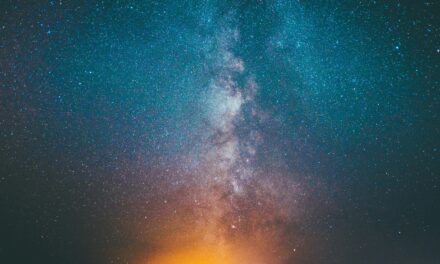


Every time I read you, Sophie, I am grateful. Your musings free me up to the possibilities I sense happening in and around me, allowing for it all to be true and nothing to resist. Thank you.
I wholeheartedly agree with you, Mary!